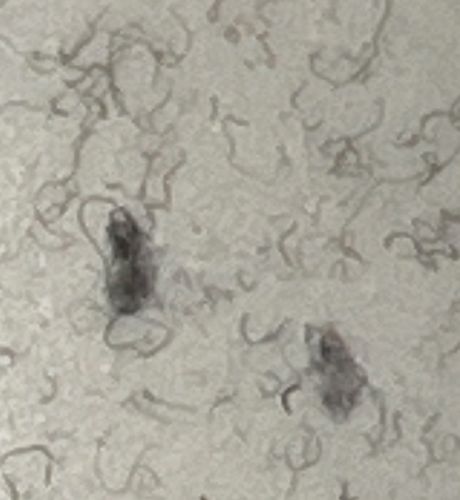Booklouse / Psocid
Scientific Name: Varies widely by species within Psocoptera; common indoor genera include Liposcelis.
Order & Family: Order: Psocoptera (or Psocodea); Families: Vary, common indoor families include Liposcelididae (for booklice) and Psocidae.
Size: Typically 1-2 mm, though some species can be smaller or slightly larger. They are often wingless or have vestigial wings (especially indoor species) and are very tiny, making them hard to spot without close inspection.

Natural Habitat
They thrive in damp, humid environments, both indoors and outdoors. Indoors, they are commonly found in libraries, archives, pantries, damp basements, attics, and around leaky pipes. Outdoors, they can be found on bark, under leaves, in bird nests, and in other sheltered, moist locations.
Diet & Feeding
Booklice typically feed on microscopic mold, fungi, starch-based materials, and organic debris. They are known to infest books, paper products, grains, and other stored food products if mold is present.
Behavior Patterns
Psocids are mostly active in warm, humid conditions. Many species are parthenogenetic, meaning females can reproduce without mating. They often live in groups and can be seen rapidly scurrying around surfaces. Their life cycle includes egg, nymph, and adult stages, with nymphs resembling smaller versions of adults.
Risks & Benefits
Potential risks include damage to paper products (books, documents), food contamination (grains, cereals) due to their presence and fecal matter, and potential for minor allergic reactions in sensitive individuals due to airborne particles from large infestations. They do not bite humans or pets and are not known to transmit diseases. Benefits include their role as decomposers in natural environments, helping to break down organic matter.
Identified on: 8/27/2025